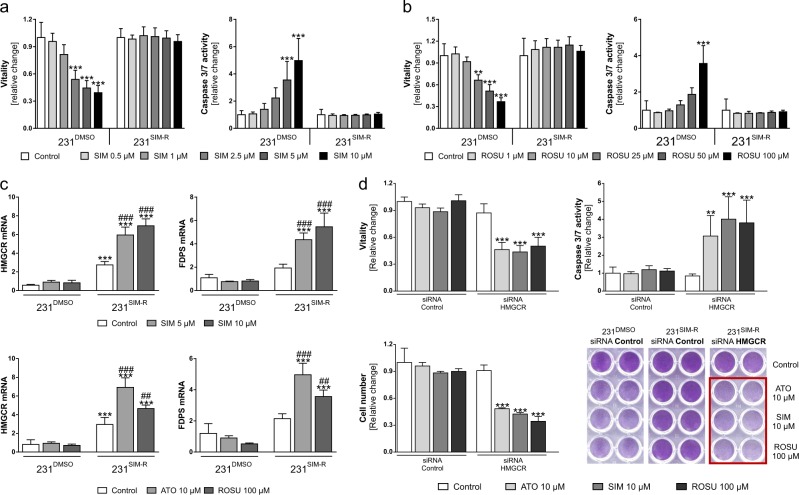Fig. 5. Statin-sensitive MDA-MB-231 cells gain statin-resistance during long-term simvastatin treatment by activating the 3-hydroxy-3-methylglutaryl-CoA (HMGCR).
Statin resistant (231SIM-R) and control (231DMSO) MDA-MB-231 cells were treated with simvastatin (SIM) and rosuvastatin (ROSU) for 48 h. Vitality and caspase 3/7 activation were measured using the CellTiterBlue® and Caspase 3/7 Glo® assay (a, b). Statin resistant (231SIM-R) and control (231DMSO) MDA-MB-231 cells were treated with SIM, ROSU, or atorvastatin (ATO) and gene expression of HMGCR and farnesyl diphosphate synthase (FDPS) analyzed using quantitative real-time PCR (c). Statin resistant (231SIM-R) MDA-MB-231 cells were transfected using HMGCR-specific or control siRNA and treated with SIM, ATO, or ROSU after 24 h for 48 h. Vitality and caspase 3/7 activation were measured using the CellTiterBlue® and Caspase 3/7 Glo® assay. Adherent breast cancer cells were stained with crystal violet after treatment and absorbance was measured at 595 nm after elution with 10% SDS (d). Data are shown as mean ± SD of at least three individual experiments. (*p ≤ 0.05; **p ≤ 0.01; ***p ≤ 0.001 vs. control treatment of 231DMSO cells) (a–c); ##p ≤ 0.01; ###p ≤ 0.001 vs control treatment of 231SIM-R cells (c); (**p ≤ 0.01; ***p ≤ 0.001 vs. control treatment of siRNA HMGCR transfected 231SIM-R cells (d))

